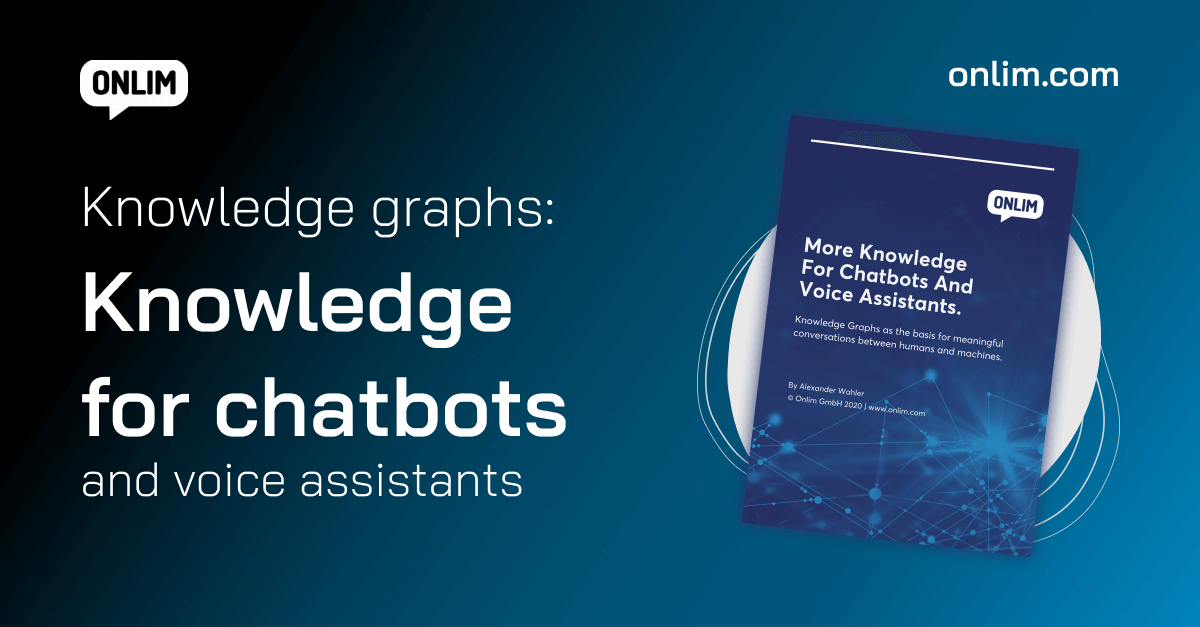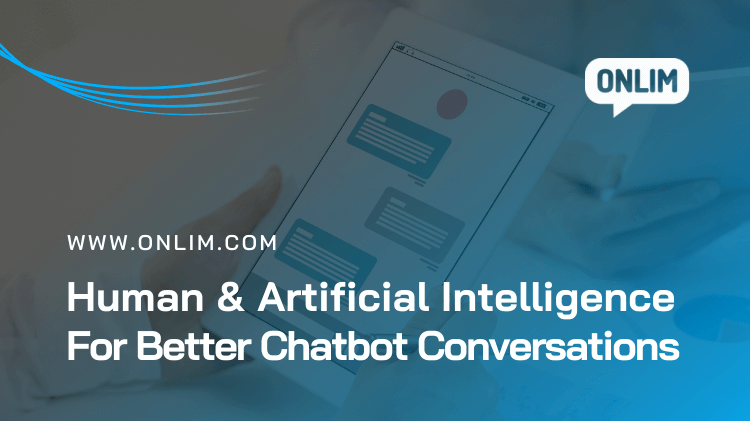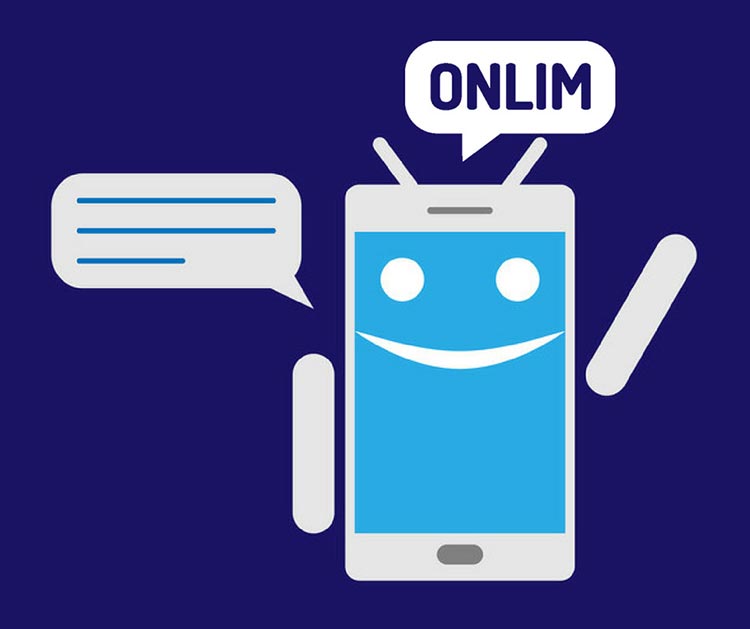How To Blend Human & Artificial Intelligence For Better Chatbot Conversations
Guest post by Kayleigh Alexandra.
If you want to achieve better chatbot conversations, you must combine human and artificial intelligence. Here are some tips for doing it.
It’s immediately obvious when you encounter a poorly-designed chatbot because there are many things that can give it away. A clear mismatch between what you ask and what the response is. A clunky effort to appear human. A tone that doesn’t in any way match the copy of the website in general. Every one of these things is a glaring red flag ready to push you away.
Frustratingly, though, many brands settle for chatbot mediocrity: some because they don’t know how to do any better, and some because they’re concluded for whatever reason (perhaps the inadequacy of their implementation) that improving their chatbots isn’t worth their time or investment. They leave them active largely to make their support services feel more accessible.
But you can take action to achieve better chatbot conversations, adding a great deal to your online operation and securing an edge over your competitors — and the key to this process is drawing upon the strengths of artificial intelligence and human intelligence, bringing them together to get the best of both worlds (or come closer to it, at least). Here’s how you can do it:
Deploy live chat (and keep records)
At its core, a carefully-crafted chatbot relies upon data concerning everything it needs to help people with, but that’s not all: it also needs a massive amount of conversational data so it can respond in the most appropriate ways. NLP — natural language processing — has improved immeasurably over the years, and the rate of its growth has only accelerated.
The easiest and most appropriate way to get this data is to deploy a live chat system, find ways in which you can incentivize its use, help people as much as possible, then feed that data into your chatbot (more on how later). The sooner you implement it, the better.
In the long run, of course, you should use a combination of manual and automated chat support to yield the best results. You can learn from each one and apply those lessons to the other, leading to a virtuous cycle of improvement.
More Knowledge For Chatbots And Voice Assistants

Clearly address data security issues
This might seem like an odd inclusion, but it’s more important than you might think. As chatbot conversations become more common, the need to make it abundantly clear how user data is being stored and used will only increase. Part of human intelligence is understanding that simply providing an efficient service isn’t enough: you also need users to like the service.
Consider how many businesses have fallen victim to data hacks in recent years: how many user accounts have been compromised, and how many computers have been compromised. People and companies alike invest in security software and services. They change their passwords more often and hide behind free VPNs if they won’t (or can’t) pay for them, mostly out of fear.
Now factor in the perception of all forms of AI: the deep-seated concerns that their fundamental lack of humanity will surely lead to disastrous consequences. In addition to having answers prepared for basic questions like “How is my data being used?”, it will be worth providing an explanation for how your chatbot system works. That will set the user at ease (relatively).
Pore through all your site use data
From the moment at which you launched your online platform, you should have been gathering core analytics data through some kind of tracking service (Google Analytics being the most common by far). It’s absolutely worth reviewing that data to see what conclusions you can draw about how your site visitors think and what they want to see.
In addition to this, you should run user surveys and ask questions via social media to get more context about how decisions are being made. If you can tell from your analytics that a particular page is proving popular, you can ask people why that’s the case.
The reasoning is very simple: the more you know about how your site users think and act, the better you can anticipate their reactions while scripting your chatbot. You should take advantage of every piece of information within your reach.
Implement a full conversational platform
Lastly (but perhaps most importantly), you should massively ease the process of establishing your finely-honed chatbot by implementing a comprehensive platform like Onlim. Doing it all manually is needlessly arduous — and even if you do extensive research first and ensure that you’re taking the right approach, you’re sure to make major mistakes.
If you turn to the SaaS industry for the infrastructure and operational process, you can focus on defining the terms and goals of your chatbot, guiding its development, and handling its resulting deployment and maintenance. It’s inarguably the most practical way to proceed.
Wrapping up, blending human and artificial intelligence for better chatbot conversations is largely about using manual methods of chat and data analysis to inform the development and improvement of your chatbot — though be mindful of how your chatbot system is perceived since there’s still some distrust regarding AI.
Author bio:
Kayleigh Alexandra is a writer for Writer zone and Micro Startups, your online destination for everything startup. She’s passionate about hard-working solopreneurs and SMEs making waves in the business world. Visit the blog for your latest dose of startup and charity insights from top experts around the globe @getmicrostarted.
What are Large Language Models (LLMs)?
March 18th, 2024|
What are chatbots and how do they work?
November 23rd, 2023|
The AI Act and its impact on the use of chatbots
October 27th, 2023|



